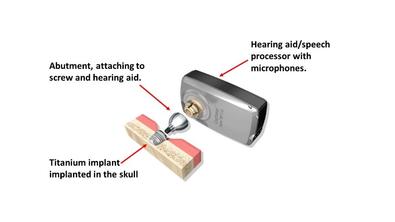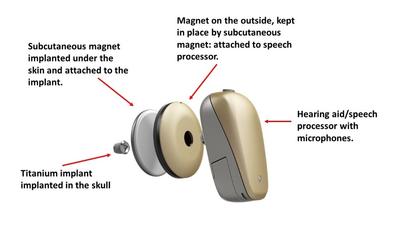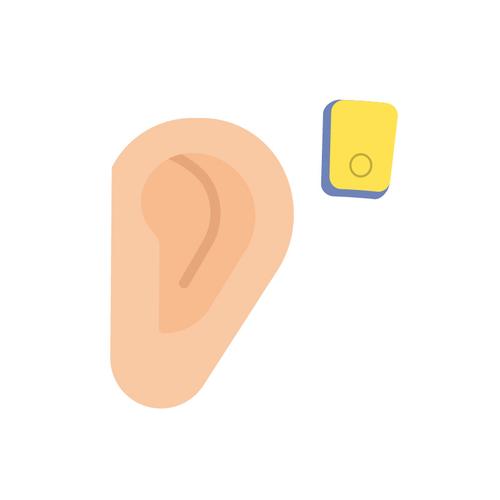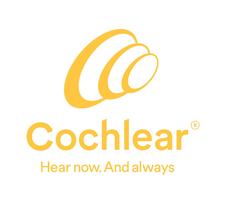What is a Bone Conducting Hearing Implant?
Depending on the type of hearing loss you have a bone conducting hearing implant might be the best option for you. This type of hearing aid/hearing implant works by bypassing any abnormalities of the outer ear, ear canal or middle ear and directly stimulating the inner ear. The term ‘bone conduction’ refers to the transmission of sound through bone in the skull to the cochlea.
You may sometimes hear a bone conducting hearing implant (BCHI) referred to as a BAHA, which is a specific brand of BCHI.
Who would benefit from a BCHI?
It is a well recognised hearing treatment for people with a conductive and mixed hearing loss as well as Single Sided Deafness (SSD). Click here for more information from the RNID about these Types of hearing loss and deafness.
A few examples of people who might benefit from a BCHI include people who:
- Suffer from chronic ear infections making the wearing of conventional hearing aids impossible.
- Have been born with no outer ear or no ear canal
- Have normal hearing in one ear and limited/no hearing in the other ear.
- Children with glue ear

How does a BCHI work?
Conventional bone conducting hearing implants consist of three parts:
- The Implant, is a tiny titanium screw implanted into the skull, it provides an anchor for the abutment and the sound processor.
- The Abutment, is fitted to the implant into which the sound processor will then attach.
- The Sound Processor, which looks like a small box/hearing aid acts as middle ear, converting the sound waves into vibrations, passed through the implant to the bone and from there to the working inner ears.
This is how all 3 parts work together:
- A microphone picks up sounds and sends the signal to the sound processor.
- The sound processor converts these sounds into vibrational energy
- The vibrations are then transmitted through the bone in the skull, which vibrates the inner ear directly.
- The inner ear is stimulated which in turn stimulates the auditory nerve.
- Nerve impulses are sent to the brain where they are interpreted as sound.
Watch this video for How a BCHI called the BAHA Connect works

Other types of BCHIs which do not have an external abutment protruding through the skin, but rather the device is held in place using a series of magnets, under the skin and then on top of the skin, with the sound processor attached to it. The type of device will depend on you and your hearing loss.

For children, the option to have an implant and abutment depends on the thickness of their skulls and not typically done before they are around 5 years old. However, children can still benefit from the external sound processor being held in place one their skull by a headband, called a softband.
How do I get a Bone Conducting Hearing Implant?
Speak to your Audiologist about the suitability of a BCHI for you and your type of hearing loss.
Bone Conducting Hearing Implant manufacturers in
the UK
Contact Us To Learn More
If you would like more information about hearing implants for hearing loss support, please don't hesitate to get in touch with us at Hear Together.



